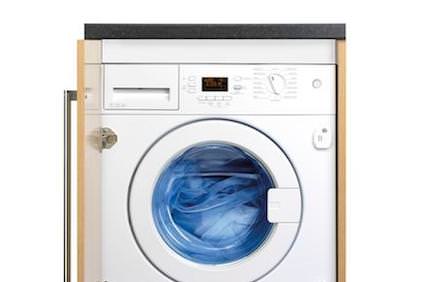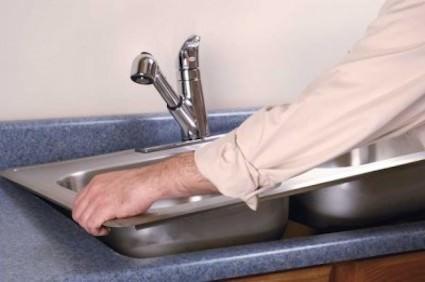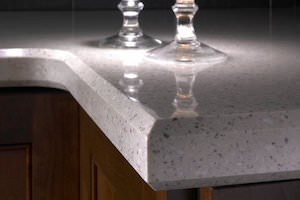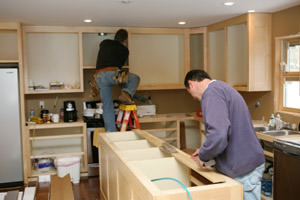Washing Machines and Dishwashers
In many cases, washing machines and dishwashers are freestanding. However, in some kitchen designs they are housed in integral units. With a washing machine this generally means that a unit door simply covers the front of a freestanding machine. A dishwasher is actually supplied with brackets that are used for both securing the machine in position and also for securing a unit door on the front of the dishwasher.
When we fit a new washing machine or dishwasher into a new kitchen, we already have prepared all the services in place for an easy connection. In an existing kitchen, however, the electricity, water supply and drainage may need to be extended from the existing services.






